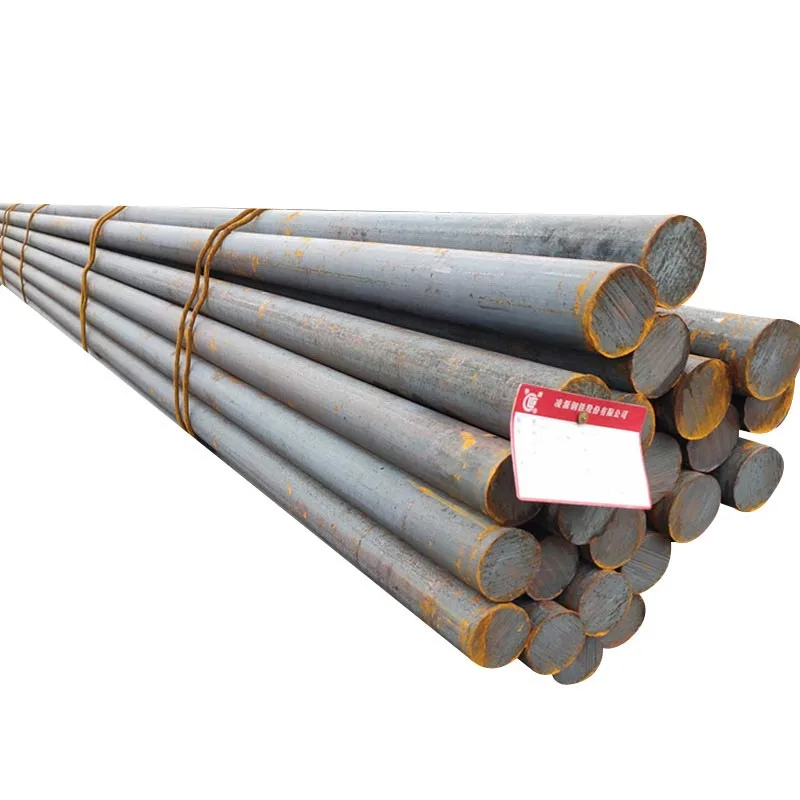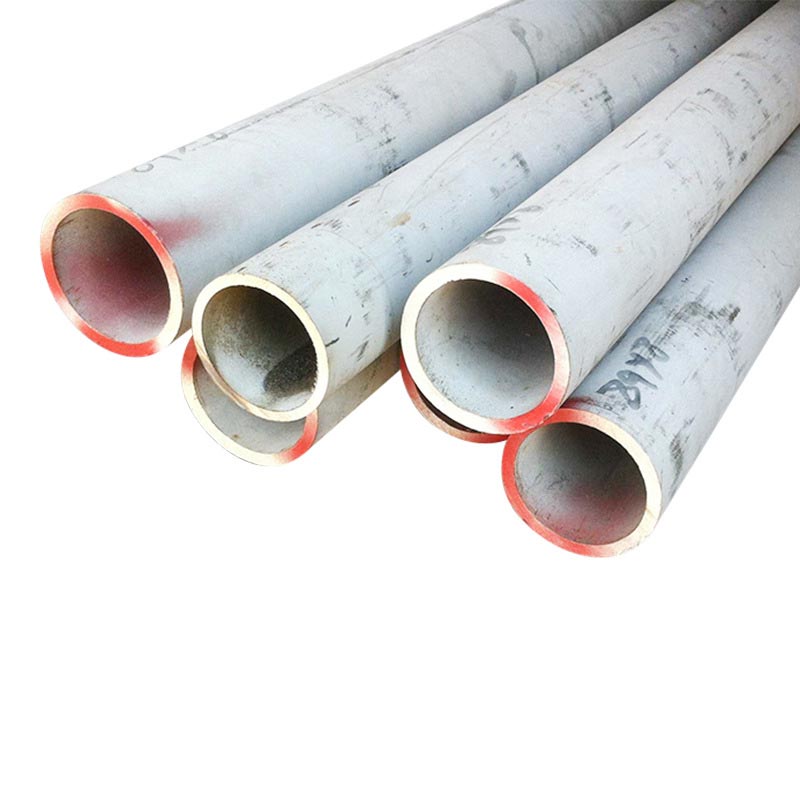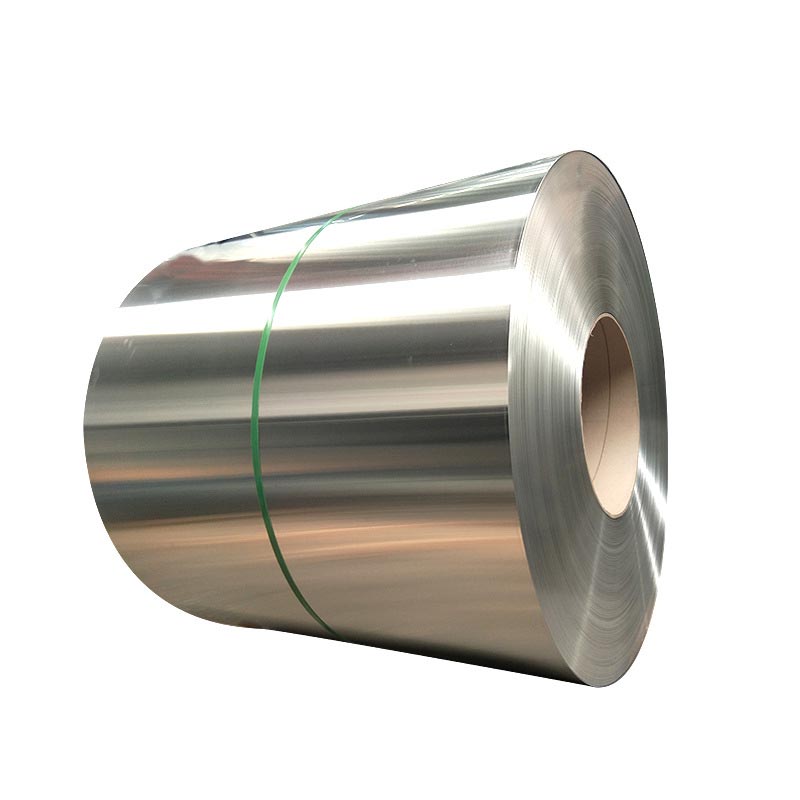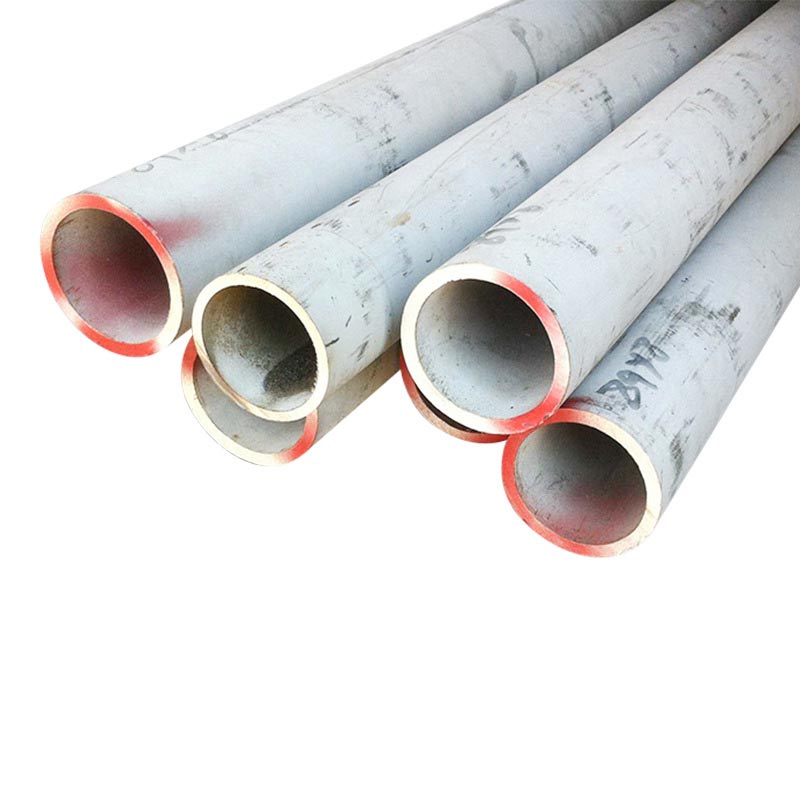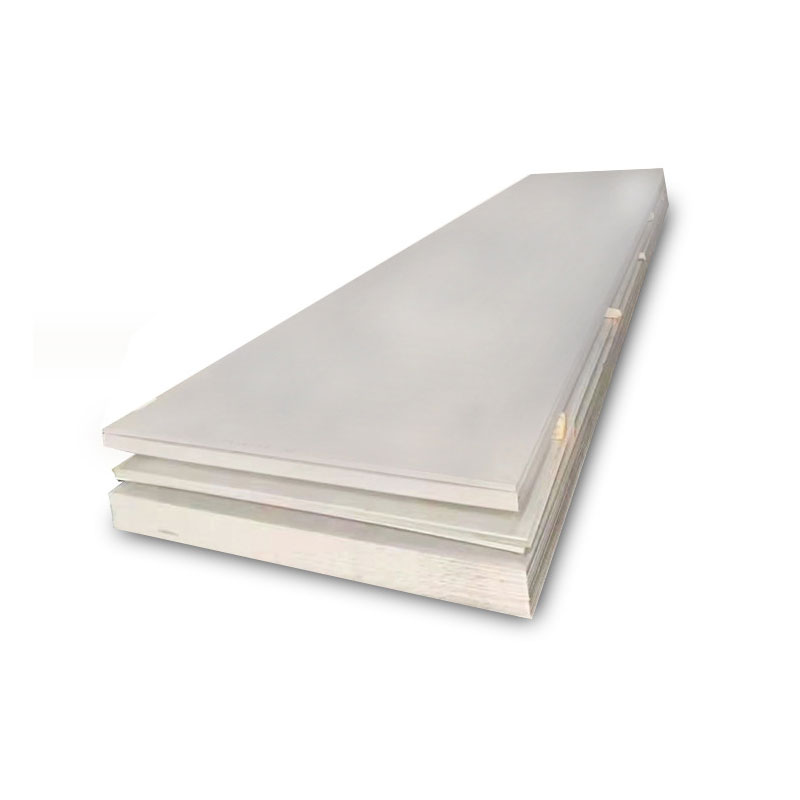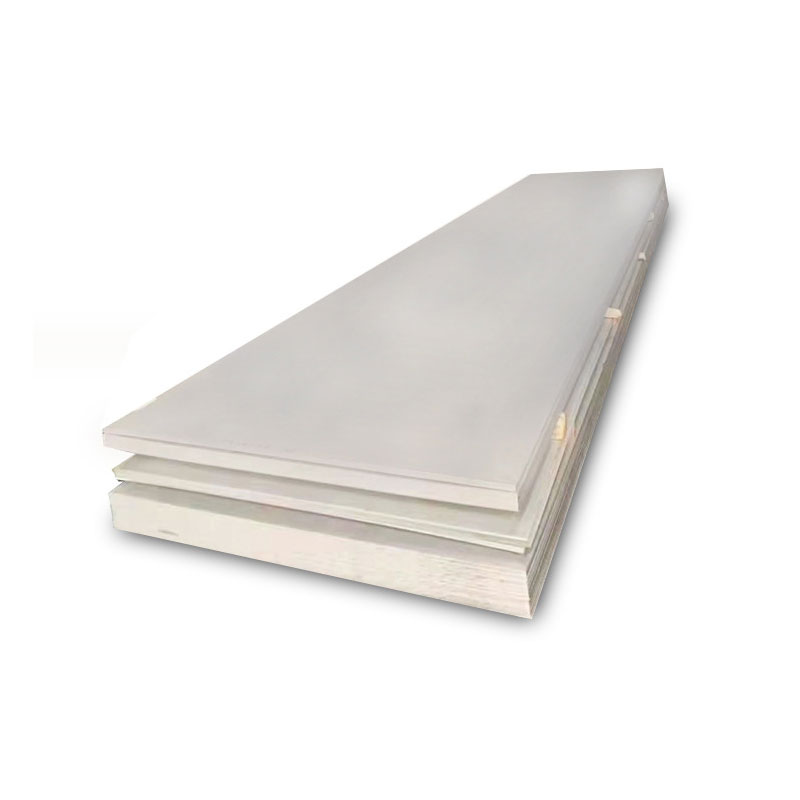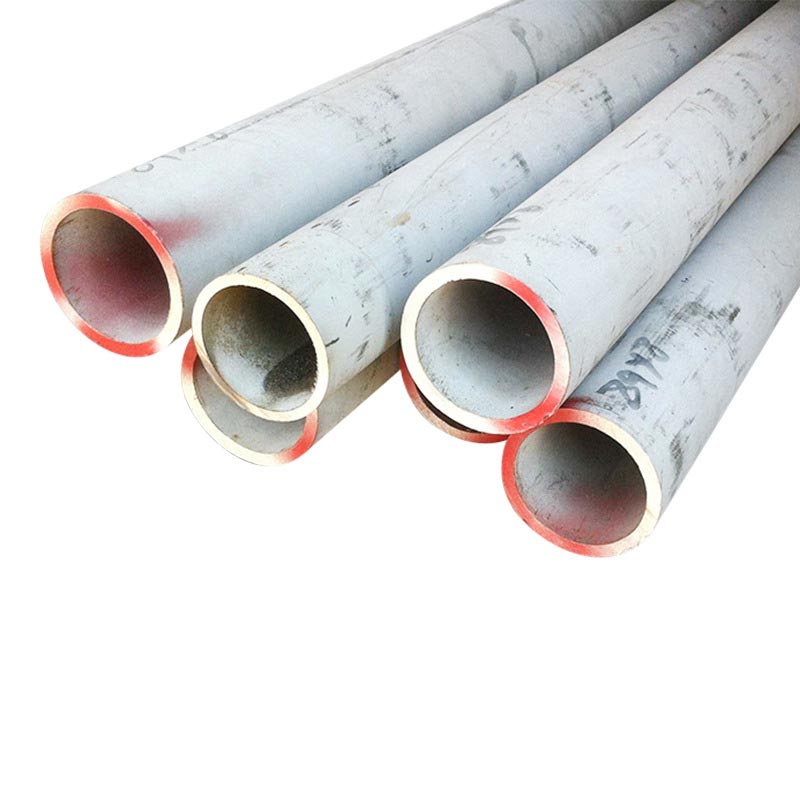What's the Difference Between Stainless Steel Tubes and Stainless Steel Composite Tubes?
What's the Difference Between Stainless Steel Tubes and Stainless Steel Composite Tubes?
Stainless steel composite tubes exhibit excellent temperature resistance, with working temperatures ranging from 700°C to 1035°C.
They also demonstrate remarkable cold resistance, capable of withstanding temperatures as low as 1 Kelvin (-273°C). In fact, liquid nitrogen freezers are often constructed using stainless steel materials.
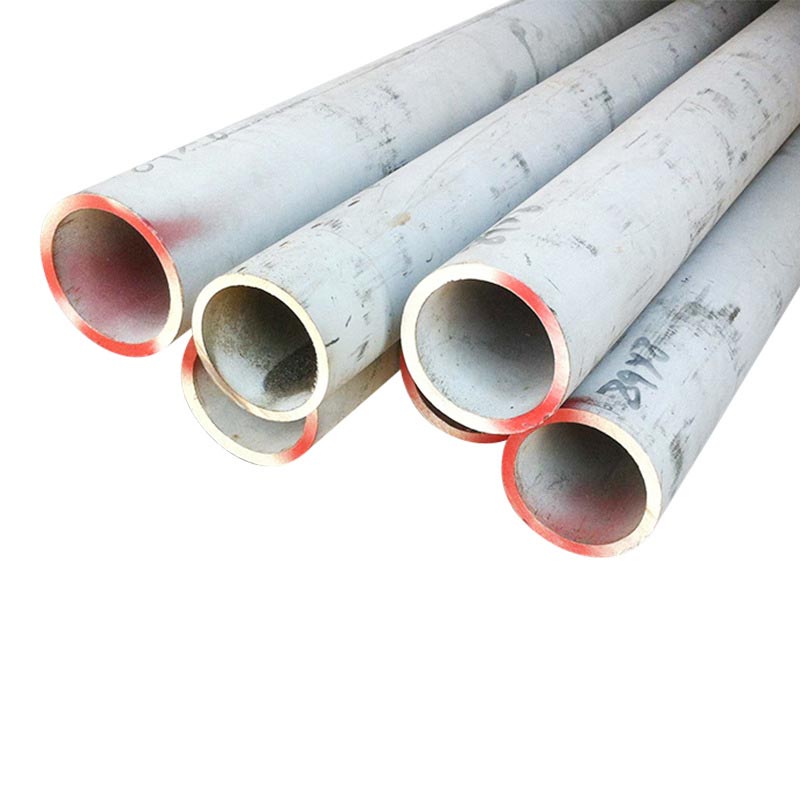
This means stainless steel composite tubes offer outstanding performance in both high and low temperature environments, eliminating the need for separate cold and hot water pipes - a single tube serves both purposes effectively.
Due to the stable chemical properties of stainless steel and its complete harmlessness to human health, stainless steel materials are widely used in medical applications. Both internationally and domestically, they're employed in various medical implants including stents, splints, and internal fixation screws.
When connecting lined stainless steel composite tubes with Stainless Steel Tube fittings, special non-toxic anti-rust treatment is applied to threaded joints and end surfaces. This effectively prevents secondary water contamination.In lined stainless steel composite tube systems, all components that come into contact with transported fluids are made entirely of stainless steel. This ensures hygienic, environmentally friendly, and safe operation, perfectly meeting the requirements of eco-friendly construction and human-centered design.
Through this analysis, we can understand that stainless steel composite tubes possess characteristics that ordinary metal pipes simply cannot match.
- Degreasing Methods for Common 310S Stainless Steel Tubes
- Selection of Thickness for 316L Stainless-Steel Gutter
- What Are the Differences Between 201 and 304 Stainless Steel Profiles?
- What Challenges Arise When Cutting 304 Stainless Steel Sheet?
- How to Solve the Problem of Rust Spots on Stainless Steel Coils
- How to Increase the Service Life of Stainless Steel Tubes?






